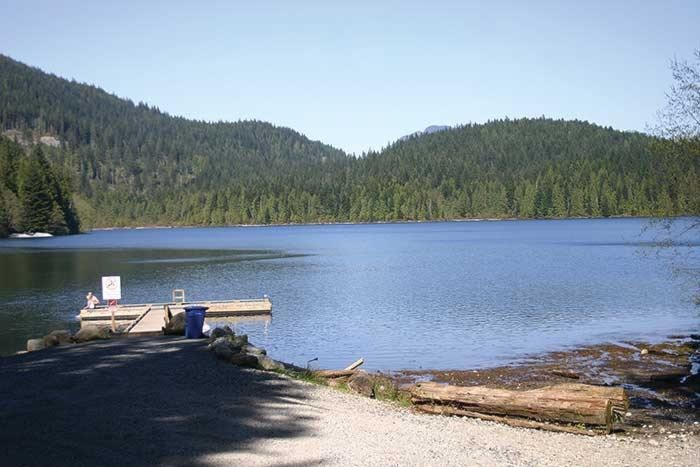The tourism and recreational potential of Mission’s Stave West could soon be realized.
A partnership between the provincial government, the District of Mission and the Kwantlen First Nation has led to the creation of the Stave West master plan.
All three stakeholders have a vision for the area that would see it transformed from its current under-regulated and often abused state into a family-friendly destination for outdoor recreation and tourism development.
Mission council adopted the plan at a special meeting last week and, within 60 days, an implementation team will be formed.
The district has been managing forestry activity in Stave West – a 5,000-hectare area situated in northern Mission around the west side of Stave Lake – for more than 56 years, and public use has steadily increased.
 According to a staff report, due to the uncontrolled access, the area has “attracted some undesirable users” and “has developed a bad reputation for illegal activities and public safety issues.”
According to a staff report, due to the uncontrolled access, the area has “attracted some undesirable users” and “has developed a bad reputation for illegal activities and public safety issues.”
Those include illegal firearms use, garbage dumping, vandalism, motor vehicle accidents, forest fire incidents, environmental damage and the destruction of important First Nations sacred archaeological sites.
Because of this, the area has been unofficially branded as “the Wild West” said Bob O’Neal, Mission’s director of forest management.
 He told council the plan would still allow for the area to be maintained as a working forest, while also permitting more recreation and tourism with an “opportunity for employment and economic stimulation.”
He told council the plan would still allow for the area to be maintained as a working forest, while also permitting more recreation and tourism with an “opportunity for employment and economic stimulation.”
It would also maintain and protect the historical archaeological significance of the area.
Education and forest training programs are also being investigated.
The area is already home to several legitimate recreational ventures including the Sayres Lake public campground, the Zajac Ranch private summer camp for underprivileged kids, and a proposed Tim Horton’s children’s camp.
Some investments and commitments have been made in road and recreation infrastructure. The previously committed provincial funding of $5 million announced in April 2013 is being used as matching funds for an application to the Western Diversification Fund submitted by Kwantlen First Nation with support from the District of Mission.
The application has been submitted with the goal of securing the final $5 million required to complete the $10-million core infrastructure upgrades needed in the area.
Those include 11.5 kilometres of road construction/improvements, as well as additional power and telecommunications infrastructure.
Other capital costs listed in the plan include approximately $500,000 to build a gateway/welcome centre, pay for marketing and branding strategies and other start-up costs needed over a period of several years.
Estimated operational costs are in the $400,000 per year range for the first three years and should drop after strategies are established. Costs have not been finalized, nor how they will be dispersed.
 The report notes that identifying funding and grant opportunities for the project is a top priority. User fees and corporate sponsorship are already being considered.
The report notes that identifying funding and grant opportunities for the project is a top priority. User fees and corporate sponsorship are already being considered.
“Personally, I would say this is the beginning of a brand new culture for Mission,” said Coun. Rhett Nicholson.
He and fellow Coun. Pam Alexis, have been closely involved in the creation of the plan.
Nicholson called the possibilities for the area endless.
He said there are already people out there “mountain biking and ATVing and 4x4ing, so to have a nice, organized, safe place for them to go and other associations to come to Mission and see what we have to offer, well, it’s going to be huge for Mission and tourism.”
Making the plan public has other benefits, according to Nicholson.
“I think the good thing about the announcement is that it will open eyes to development in that area.”
He believes commercial opportunities, including zip lines and other recreational businesses will want to come to Mission.
“I feel it has the potential to be the next Squamish or Whistler,” said Nicholson, calling Mission a “natural tourist destination.”
To view the plan, visit mission.ca/wp-content/uploads/SWMP_Complete.pdf.
